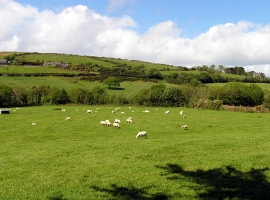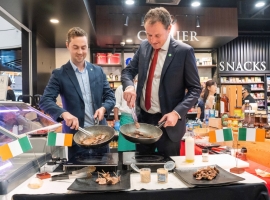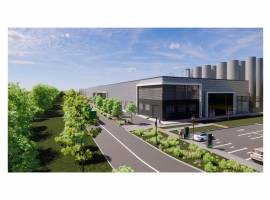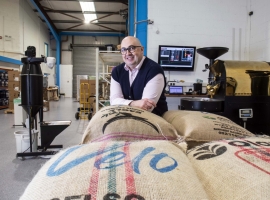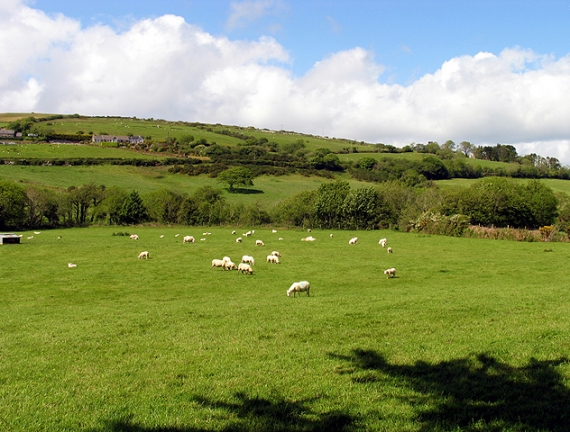
The latest figures from the Central Statistics Office (CSO) show that the unemployment rate for September was 5.3%, unchanged on the revised rate of 5.3% for August, and down from a revised 5.6% 12 months ago.
The seasonally adjusted number of people unemployed fell by 7,500 compared to a year ago.
Demand for staff is strong across most parts of the economy with the construction sector particularly competitive. Surveyors, civil engineers and architectural drafters are amongst the 10 fastest growing occupations in the first half of the year, based on a review of job postings advertised on Indeed.ie between January and June.
The impact of a hard Brexit remains a considerable downside risk, with rural Ireland considerably more exposed than Dublin, according to a recent analysis by the Central Bank. The border counties of Cavan and Monaghan have the biggest proportion of jobs in Brexit-exposed sectors. Counties with a strong reliance on agriculture – including Tipperary, Wexford and Kilkenny – are also heavily exposed given the shock to food exports to the UK that a no-deal Brexit could mean.
Whilst the employment outlook remains positive, Indeed.ie say people in jobs reliant on cross-border trade or the €4.5bn per annum in food and drink exports to the UK are justifiably concerned about the huge uncertainty about what will happen on 31st October.
Commenting on the figures, Economist at Indeed, Pawel Adrjan said, "The unemployment rate was unchanged at 5.3% in September, against the backdrop of the external risks of Brexit and US/China trade wars. Notwithstanding the increase, the labour market in Ireland has significantly outperformed other countries in the European Union over the past 6 years, with employment growth in Ireland of almost 3% per annum, nearly treble the EU28 average of less than 1%."
Source: www.businessworld.ie


